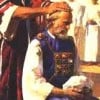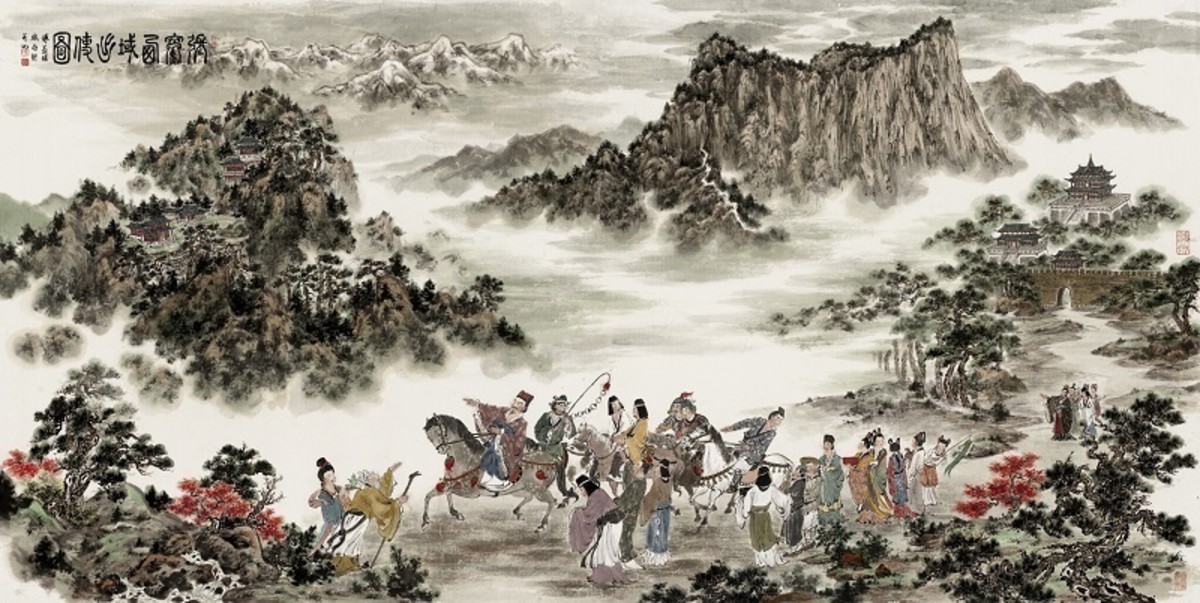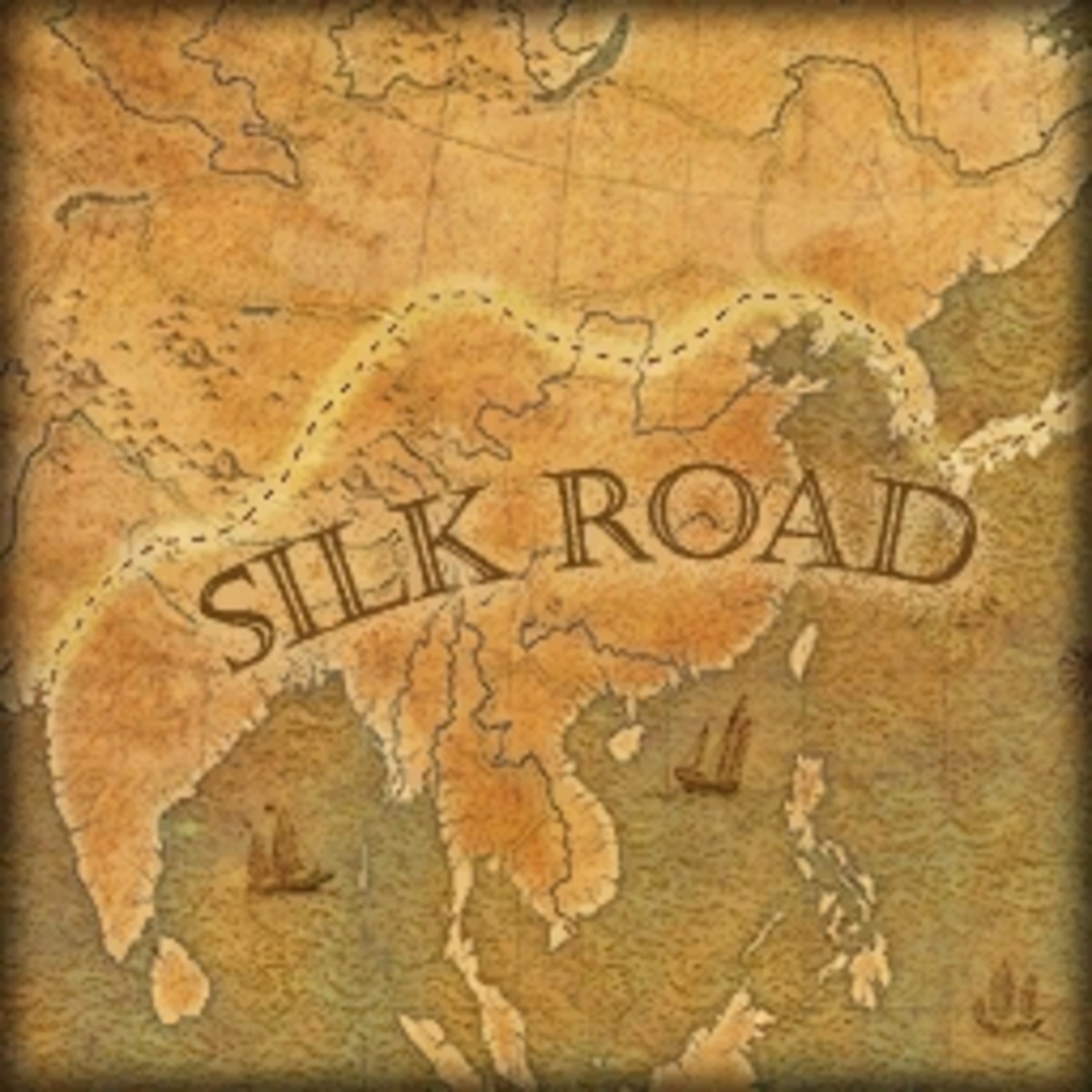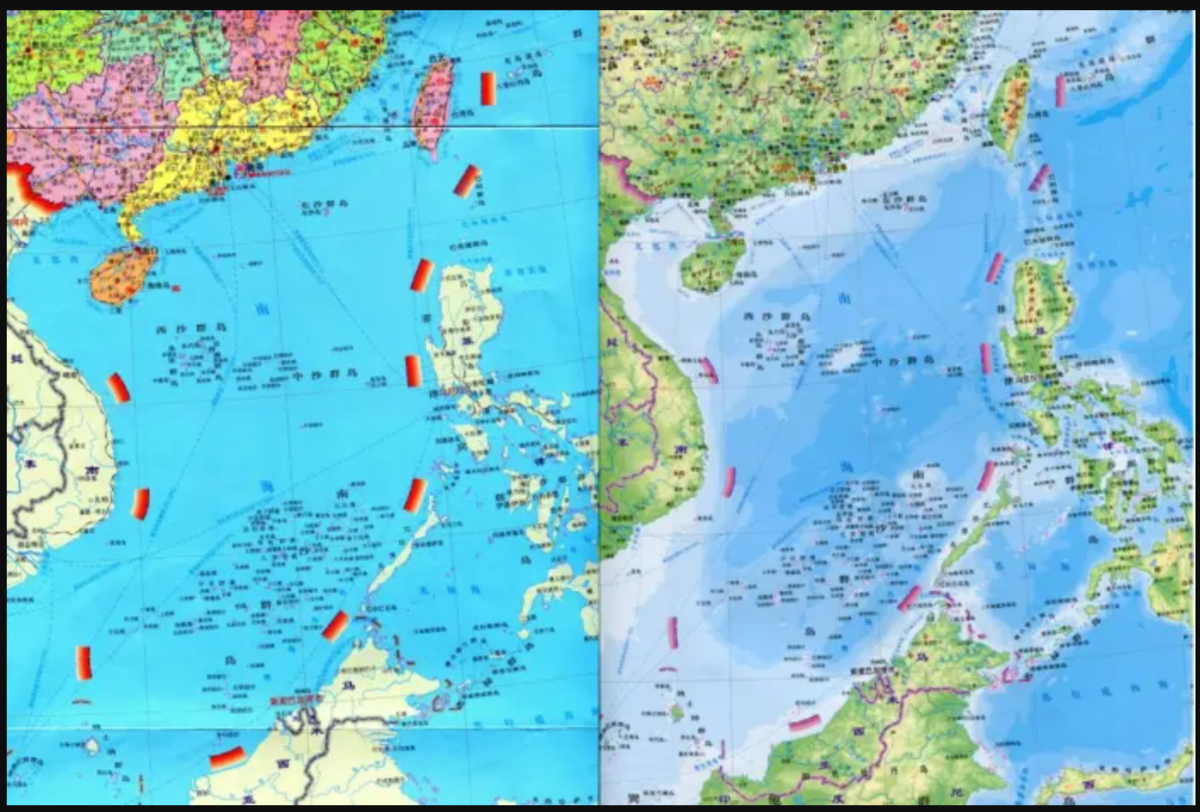The Kahana In China Part 7: Kaifeng
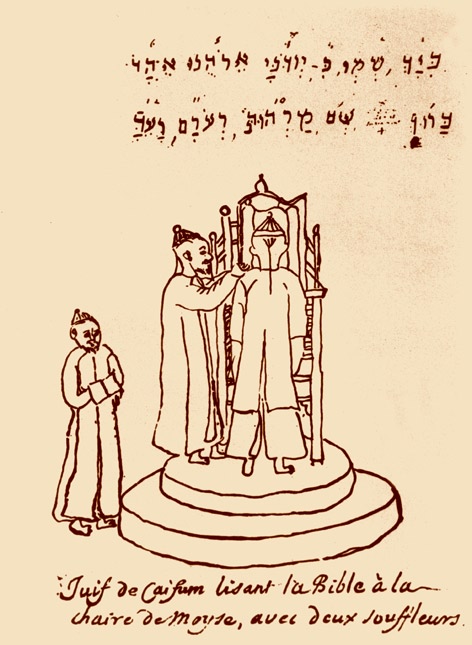
As mentioned in my previous article on the subject, there were several statements made by the remnants of the Kaifeng Jewish community that corroborated stories that had passed down to me regarding their possible origins. The time frame for their origin was only one of the clues but there were other pivotal bits of information that they provided that I don’t even think they were aware of their vital importance. One such clue was when they stated to me that they began as a community of over one hundred families. That is to say, whenever their Jewish ancestors did come to China, they did so not as a single merchant or trader here and there, coalescing over time, but as a large number of immigrants all at once. That in itself is a truly amazing event because a hundred families all practicing an ancient form of patrilineal Judaism to suddenly appear at the Emperor’s court city would have been an event of unprecedented magnitude. Such an event would have rivalled the Children of Israel crossing the Jordan under Joshua and suddenly laying claim to Canaan. What this event tells us is that this was a planned migration that would have required leadership and an adhesiveness that could have only been achieved if they were all on a singular mission. Where would this caravan of Jews have migrated from and for what purpose, those are the questions that historians should have been asking. Perhaps Parthia, India, who can say other than it would have been a very long journey for a specific purpose and that does not sit well with the theory of merchants settling one by one that is now accepted as probable cause.
The Silk Road Merchants
The history of Jewish merchants travelling the Silk Road is as old as the road itself. Some say as early as 200 BCE when the first of these merchants from Israel entered the mystical land of Sina. Of that there is no doubt as we find traces of middle eastern wares and statuettes in China but historians trying to explain the emergence of the Chinese Jewish community as a natural outcome of Jewish traders plying these routes is not acceptable. This supposition crumbles in the face of the known systems of trading of the time. It was not uncommon for merchants to set up a trading office or an outpost at their final Port of Call but not to the scale that would have been necessary to introduce a hundred strong community at a single instance. Establishing trading offices was the normal way of conducting business with their caravans unloading goods from the West at this outpost or warehouse and then reloading with Chinese silks and goods to carry back from the East to their place of origin. But most often these warehouses would be operated by a Chinese local, someone that they had forged a business alliance with and maybe on rare occasion they may have had one of their own people working in partnership with their Chinese colleague. So it was possible that they had one of their relatives, of Jewish extraction living in China as the buyer of goods for the return journey. But even if there were hundreds of Jewish merchants that plied the Silk Road, odds were that they would have all used the same outpost or warehouse in a cooperative arrangement. Setting up independent warehouses not only would have been inefficient and costly but because of the Chinese history of xenophobia, it would not have been tolerated. There never could have been a hundred warehouses, each operated by a resident merchant of Jewish extraction because we know from Chinese court records that permission for foreigners to reside in the capital cities, as well as in China itself, was extremely restricted and virtually impossible to acquire for large numbers. Therefore the existing claim that a Jewish Merchant Society was established in China which served as the original community for the Kaifeng Jews is spurious in the face of what we know to be the legalities of Chinese Imperial permits. Nor could it have been a case of one Jewish merchant serving his time at the end of the road, then retiring only to be replaced by another and another, with the eventual build up of a community of 100 men when all was done. Facts and human nature support that any individual left on his own will only assimilate with the majority population, adopting their customs and religions if there is not a large enough base to service his own beliefs. So the theory of gradual growth in numbers is neither practical nor acceptable as it would have taken far more generations to achieve than the attrition rate of assimilation would have permitted. Yet, we have the clear and distinct community memory that they began as a consolidated group of 100 families. Only close to a thousand years later did the Emperor provide them with a total of seven family names that they all had to adopt giving the impression of a much smaller number of families existing in the community. Nevertheless, If not merchants, who then were the patria familia of this community?
The Princess's Escort
Before going in to his final battle against the Great Shah Kavad in 506 AD, Mar Zutra, the Jewish King of Mahoza sent his two wives with their respective sons far away from the city. His wife Avital, daughter of accursed Reb Hanina he sent west and eventually that son Mar Zutra III served as Exilarch in Palestine. But the Princess Ti-Ping, he sent with her son Mar Yanqa back east to her homeland and to safeguard his family he sent an escort made up of his Alanine guard under one of his generals who some say was Hermantius. The Alanines were not originally Jewish but like so many mercenary armies that served under foreign kings, the soldiers would ultimately adopt the customs and religion of their master. The fact that the Alans were geographical neighbours of the Khazars and became their staunch allies in the 8th century only to be absorbed by Khazaria in the 9th century only provides a further riddle behind the Jewishness of the Khazars as to whether the original influence to convert to Judaism en masse may have been a result of the affinity with the Alanine forces that served at Mahoza. But all that is another story to be investigated at another time. As you know from my earlier article on the strange Judean style General’s tomb I found in Manchuria, the possibility that this served as Hermantius’s final resting place has to be raised. But what of his men, that originally returned with the Princess to the capital in Luoyang? The escort was said to have consisted of at least a hundred armed soldiers, which swore fealty to the Princess. Upon arrival back at court in Luoyang, Ti-Ping appealed to her brother Xuanwu whom was then Emperor for permission to stay but he feared the claims her son Mar Yanqa might have to the throne and he exiled them both from his city, sending them west towards Mongolia according to the legends. It would have been unlikely that Xuanwu would have let her leave the city with her entire escort. That would have been foolish. Firstly, he was engaged in war with the other two kingdoms and needed more recruits. Secondly, permitting Mar Yanqa to have his own personal army loyal only to him would have been a serious mistake on the part of the Emperor. By merging the Alanine escort into his own personal palace guards Xuanwu not only ensured his own safety but he would be sending a clear message to his cousins who ruled the other warring kingdoms that he was the one true Sun Emperor, the King of other nations and not them.
The Rise of the Alans
As conversos, the men of the Princess’s escort would not have been Rabbinical Jews at all and having not been born of Jewish mothers, any traditions of matrilineal descent would have been rejected immediately as they searched for wives in their newly adopted homeland of China. In essence they would have been similar to Karaites even though the Karaite movement didn't begin until 250 years later. A hundred soldiers taking one hundred Chinese wives would certainly explain how a community could come into existence almost immediately. Genotyping could certainly clear up this mystery. With Northern Caucasus populations being strong G and K haplotypes, the confirmation of Kaifeng Jewish Haplotypes being either of these two groups would support the soldiers as a plausible origin. To date I have not seen any studies performed on the Chinese Jews but it is unlikely that they will be J haplotype that is the traditional Jewish Haplotype from Jews having their origins in the Middle East. I would also suspect that in the sea of G and K haplotypes that would be expected, there could possibly be a few J’s as the legends also say that Ti-Ping returned to China with a Jewish priest so that she could perpetuate the religion of the one true God back in her homeland. Assuming that this priest or sons of this priest if he escorted the Princess with an already established family from Mahoza would have married into the Chinese population as well, then a small percentage of the Kaifeng Jews may be carrying his genes to this day. Time and genetics will tell if the legends in my family regarding this origin of the Chinese Jews is true.
Avrom Aryeh-Zuk Kahana
